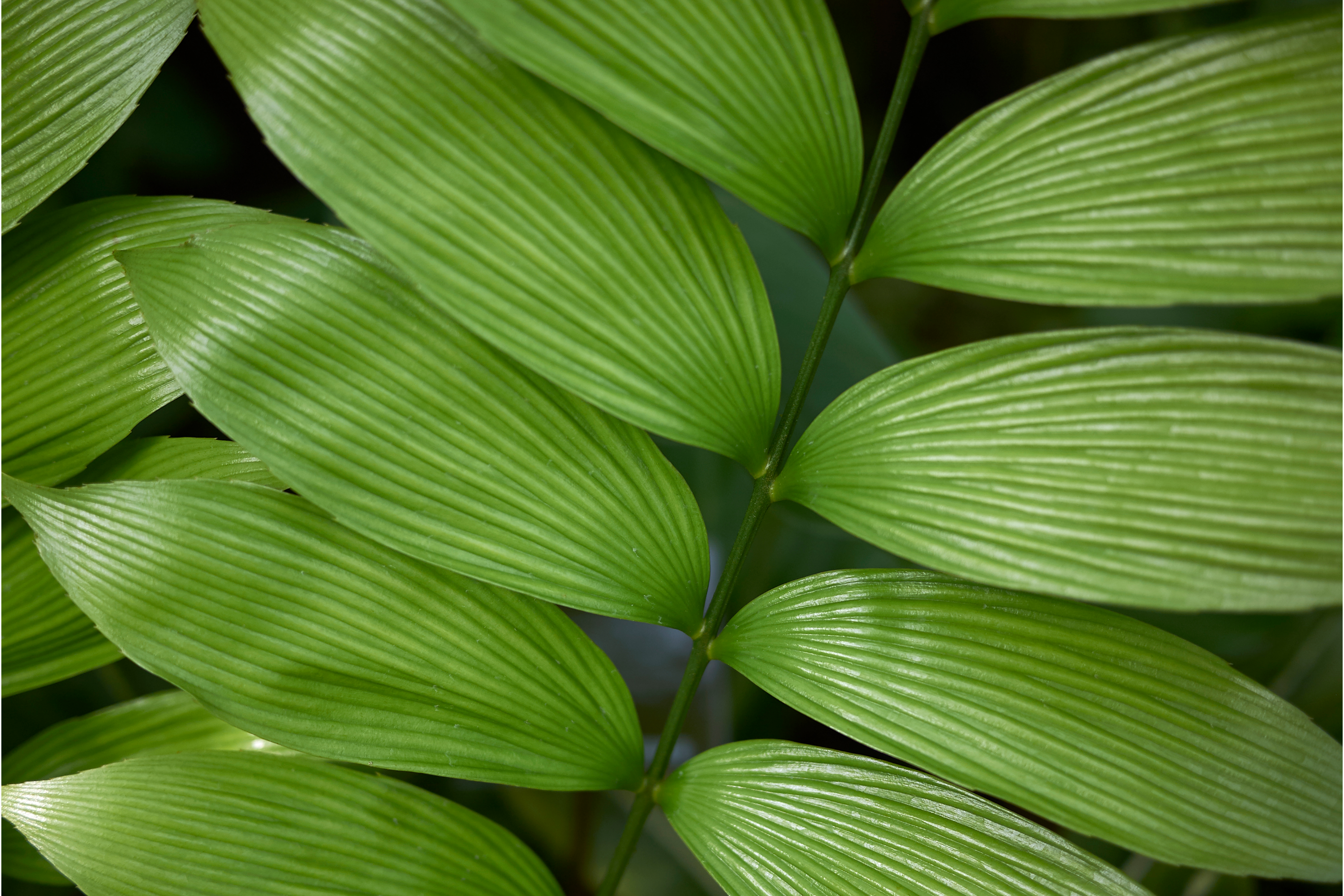Cebolla roja
(Zamia skinneri)

Description
Zamia skinneri is a species of plant in the family Zamiaceae. It is endemic to the coastal area of mainland Bocas del Toro Province, Panama. Its common name is cebolla roja. This has long been considered to be a variable plant that was likely a species complex, with individuals actually belonging to several undescribed species. In 2008 some populations were studied, characterized as new species, and renamed Zamia hamannii, Zamia imperialis, and Zamia nesophila. This separation reduced the size of the population of actual Z. skinneri to fewer than 500. Zamia is a genus of cycad of the family Zamiaceae, native to North America from the United States (in Georgia and Florida) throughout the West Indies, Central America, and South America as far south as Bolivia. The genus comprises deciduous shrubs with aerial or subterranean circular stems, often superficially resembling palms. They produce spirally arranged, pinnate leaves which are pubescent, at least when young, having branched and simple, transparent and coloured hairs. The articulated leaflets lack a midrib, and are broad with subparallel dichotomous venation. Lower leaflets are not reduced to spines, though the petioles often have prickles. The emerging leaves of many Zamia species are striking, some emerging with a reddish or bronze cast (Z. roeslii being an example). Zamia picta is even more distinctive, being the only truly variegated cycad (having whitish/yellow speckles on the leaves). Zamia sporophylls are born in vertical rows in cones, and the megasporophyll apices are faceted or flattened, not spinose. The fleshy seeds are subglobular to oblong or ellipsoidal, and are red, orange, yellow or rarely white. The endosperm is haploid, derived from the female gametophyte. The embryo is straight, with two cotyledons that are usually united at the tips and a very long, spirally twisted suspensor. The sperm of members from the genus are large, as is typical of cycads, and Z. roezlii is an example; its sperm are approximately 0.4 mm long and can be seen by the unaided eye. All the species of Zamia produce leafy crowns of foliage that make them choice garden specimens and most varieties branch heavily in age to produce handsome clumps. With a few exceptions, most Zamia species are found in warm, humid, tropical rainforest habitats, growing in the forest understory. However, many species are still fairly adaptable, performing quite well in cultivation, especially in subtropical areas.
Taxonomic tree:







